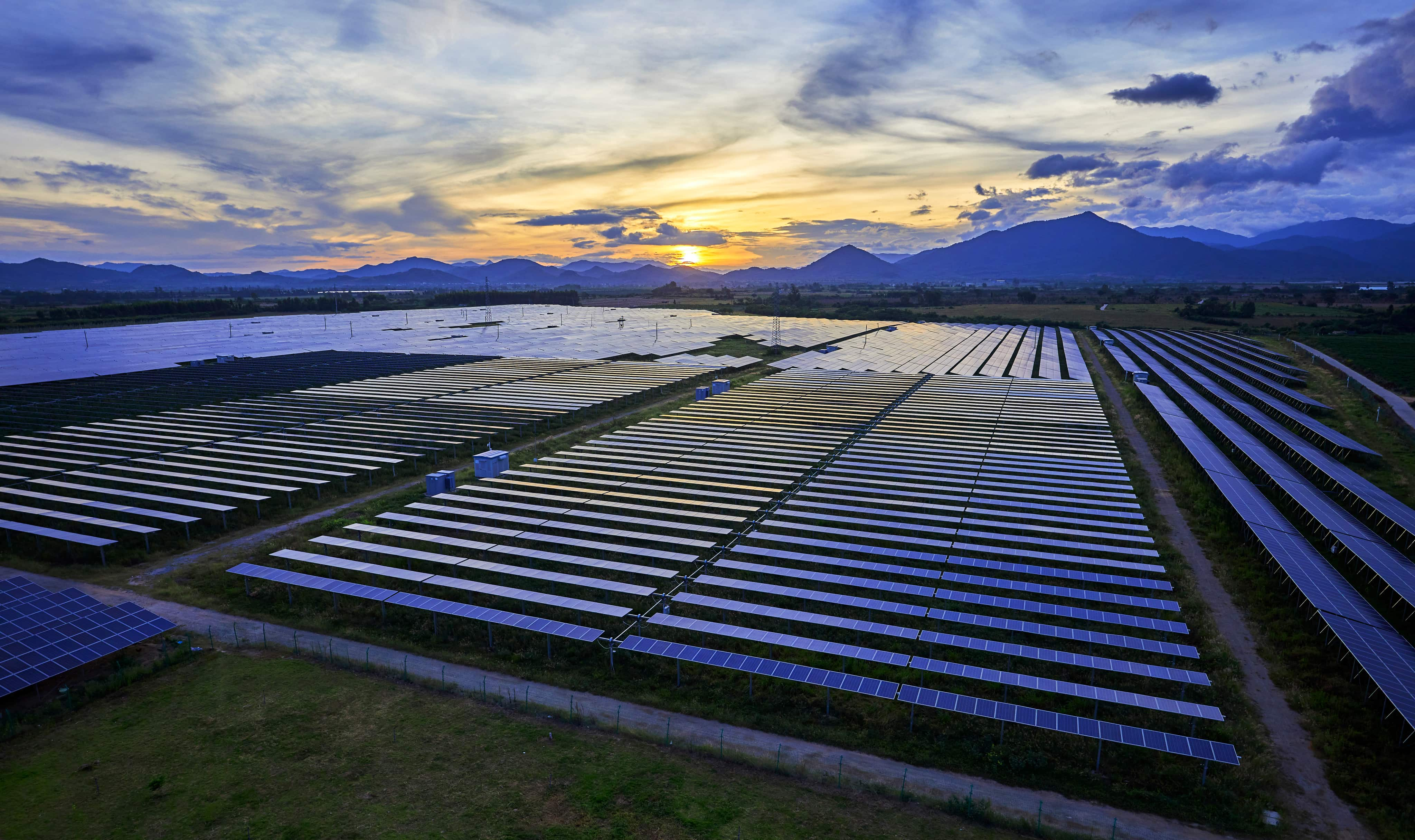Update to the OBBBA: Start of Construction Guidance and Why Corporate Clean Energy Buyers Must Act Now
 Last week, the Treasury issued long-awaited guidance on the “start of construction” rules for clean energy projects. These rules define which wind and solar projects will qualify for the all-important tax credits before they expire, and so the implications for corporate buyers could not be clearer: the time to act is now.
Last week, the Treasury issued long-awaited guidance on the “start of construction” rules for clean energy projects. These rules define which wind and solar projects will qualify for the all-important tax credits before they expire, and so the implications for corporate buyers could not be clearer: the time to act is now.
If you missed our earlier take on the One Big Beautiful Bill (OBBBA), you can find it here: Navigating OBBBA: Strategic Implications for Sustainability-Focused Businesses.
What the Treasury Clarified
Under the OBBBA, wind and solar projects must begin construction no later than July 4, 2026, to qualify and receive the Investment Tax Credit (ITC) or Production Tax Credit (PTC). Projects that miss this deadline must be fully placed in service by December 31, 2027, to remain eligible. Importantly, there is no phase-down or partial credit: projects either qualify at 100% or not at all.
This latest Treasury guidance makes the definition of “beginning of construction” critically important. Historically, developers could qualify for tax credits by following one of two pathways: the Physical Work Test or the 5% cost Safe Harbor. However, following a July 2025 Executive Order mandating stricter enforcement, the Treasury has issued updated guidance that tightens these rules.
One of the most consequential changes is the elimination of the 5% Safe Harbor” for all wind projects and solar facilities over 1.5 MW. This means nearly all utility-scale wind and solar project must meet the “start of construction” deadline directly, without relying on prior cost–based qualification methods.
Fortunately, the definition of “start of construction” remains workable. The new rules are prospective, not retroactive, and still allow developers to begin physical construction and have up to 4 years to complete their projects, as long as they comply with the nuanced updated “continuous efforts” requirements.
What This Means for Developers
The clock is officially ticking. Developers must move projects into construction before July 2026 to remain eligible for the full ITC or PTC or lose access to tax credits. To meet this deadline, developers will need to secure revenue streams, such as power purchase agreements, transferable tax credits, and renewable energy certificates (RECs) sales. Without these financial mechanisms in place, many projects may struggle to obtain financing and risk missing the deadline.
What This Means for Corporate Buyers
For corporate clean energy buyers, the message is simple:
- Finite supply: Once the pool of projects that qualify under “start of construction” is spoken for, no new supply will emerge unless there’s a legislative change in the future.
- Most favorable terms now: The most favorable market conditions are likely to occur between now and next summer, when the largest volume of project pipeline is available and pricing remains competitive. As high-quality projects are claimed, prices are expected to rise, until a sharp increase in costs occurs or in some cases, projects will be mothballed due to lack of financial viability.
- Strategic urgency: Acting early ensures access to shovel-ready projects, while waiting risks fewer options and higher costs.
Companies with ambitious sustainability goals cannot afford to wait. Every month that passes will shrink the available pool of qualifying projects. Those who hesitate will be left competing for scarcer deals, under tighter terms, at higher prices.
How Schneider Can Help
Schneider’s experts can help design and execute a clean energy strategy that takes advantage of this short window:
- Structuring PPAs that give developers bankability and buyers value.
- Structuring tax credit transfer transactions.
- Structuring REC transactions to maximize sustainability impact.
The Bottom Line
With the start of construction deadline now in effect and the 5% safe harbor no longer available for most projects, developers face a clear imperative: secure corporate commitments to move forward. The most attractive opportunities in terms of project availability and pricing will be available in the next 9–12 months. After that window, competition will intensify, pricing will rise, and projects that fail to qualify for tax credits may be delayed or abandoned altogether.
If your company is considering clean energy procurement, Power Purchase Agreements (PPAs) or Tax Credit Transfer (TCT) deals, the time to engage is now. Reach out to the Schneider team today to build a strategy that secures your place before the window closes.
For more information on this topic, get in touch with our subject matter team: Contact a Renewable Energy Expert Today
Contributor:

.
Hans Royal, Senior Director Client Development, Renewable Energy & Carbon Advisory